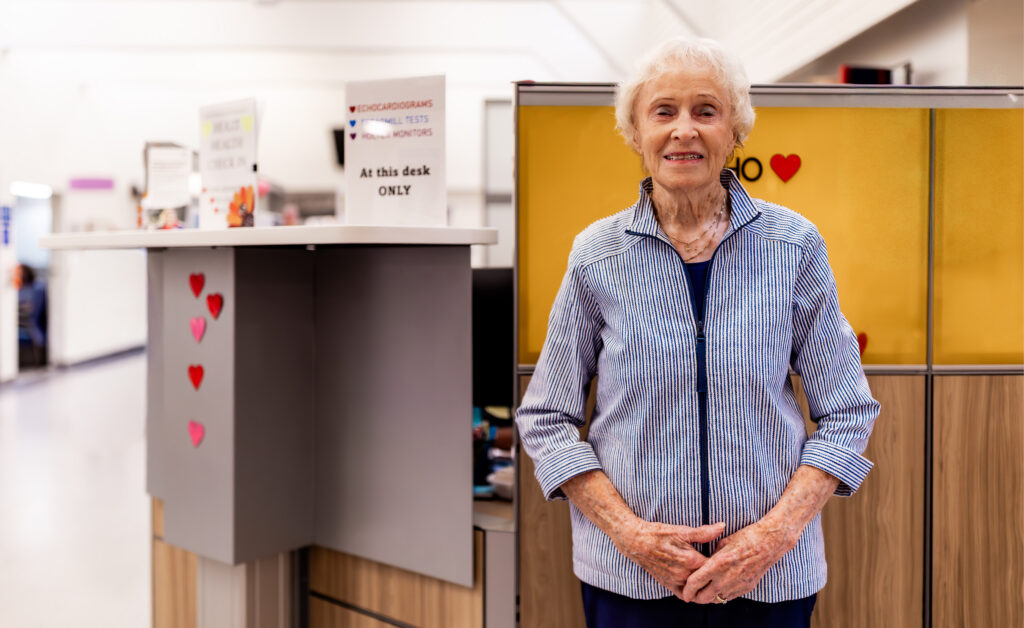by Jacqueline Nicoll, K & Co. Marketing –
There’s so much more to pet health than meets the eye! While your furry friend’s “pearly whites” may appear superficial at a glance, many pet owners would be surprised to learn about the connection between dental health and the overall well-being of their best friend. I’m going to share the top three things you need to know about pet dental health.
Did you know that poor oral hygiene can have severe consequences? It can cause infections, tooth decay and gum disease due to bacteria potentially entering the bloodstream and impacting crucial organs such as the heart, liver and kidneys. Dental issues can create discomfort for your pet, with toothaches possibly affecting eating habits due to pain or discomfort in their teeth or gums, leading to malnutrition or weight loss. Maintaining good dental hygiene prevents various health problems, including reducing the risks of infections, oral tumours and other serious conditions. Foul breath can often accompany dental problems; however, regular check-ups not only eliminate bad breath but also strengthen the bond between the two of you when you’re up close and personal! The optimal strategy involves your veterinarian’s early detection of issues, leading to timely intervention and subsequently averting the necessity for more elaborate treatments in the future.
But what exactly happens during a pet dental procedure at the veterinarian’s office? Aside from your veterinary office initially ensuring that your pet is comfortable and stress-free, the actual dental procedure involves several meticulous steps. Usually, pre-operative bloodwork will be taken to assess your pet’s health, followed by a thorough examination and vital sign recording. Once your pet is settled in a comfortable kennel, a Registered Veterinary Technician (RVT) will begin pre-operative preparations by administering the initial sedation and placing an IV catheter for anesthetic delivery. Monitoring devices for heart rate, blood pressure and temperature are also set up for safety. During sedation, dental X-rays are taken, and scaling under the gums, akin to human dental hygienist work, is performed by the RVT. A veterinarian reviews the X-rays and may conduct dental extractions if necessary. Post-procedure, antibiotics are administered and anesthesia is safely reversed, with careful monitoring during awakening. Your fur baby is then transferred to a recovery area for continued observation (and sometimes cuddling) before returning home to your arms.
You may have also heard about anesthesia-free cleanings, but these differ significantly from dentals performed by trained veterinary professionals. The bulk of dental disease resides beneath the gums, making a pet’s oral health a significant indicator of underlying issues. Only licensed veterinary professionals possess the expertise to execute essential tasks such as scaling under the gums and analyzing dental X-rays. While non-veterinary cleanings may address surface tartar, they only tackle the visible portion, which is likened to only observing the tip of an iceberg. Veterinarians, on the other hand, delve deeper, assessing the animal’s true health by addressing sub-gingival issues. So while you may be tempted to go the anesthesia-free route, keep in mind that the potential of missing underlying issues drastically increases and often these will only manifest once severe symptoms begin.
Ultimately, recognizing the vital connection between dental health and a pet’s overall well-being is a game-changer. Prioritizing regular veterinary dental care not only ensures the longevity and happiness of your best friend but can remarkably improve your bond for years to come!




